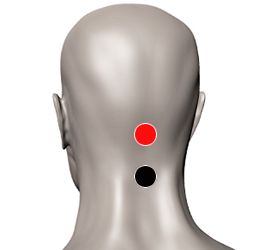Ataxia cerebellous
Pairs
bulb - cerebellus
eye - eye
omentum - omentum

Generalities:
This disorder is caused by a lesion in the cerebellum. It can be due to trauma (blow) or due to the presence of pathogens such as Newcastle virus, Chickenpox, Eipstein Bar, Coxsackie, or the ECHO Virus can also cause it.
In children it can occur after having suffered a severe infection and usually subsides after a few weeks.
Symptoms:
It presents with a lack of coordination in movements, especially in the hands and legs; staggering walk (poor balance), difficulty articulating speech, sudden or uncoordinated eye movements (nystagmus), aggressive behaviour. In advanced stages, the person may experience difficulty breathing (hypoxia).
Other causes may be:
- Abscess in the brain
- Intoxication: alcohol, medications, insecticides, illicit drugs
- Bleeding in the brain
- Multiple sclerosis (Cytomegalovirus)
- Stroke
- Congenital abnormality
- Brain tumor
- Vaccination
- Diseases associated with cancers
Friedreich's ataxia is an autosomal recessive disease, which means that the patient must inherit two affected genes, one from each parent, for the disease to develop. A person who has only one abnormal copy of a gene for a recessive genetic disease, such as Friedreich's ataxia, is called a carrier. A carrier will not get the disease but could pass on the affected gene to her children. If both parents carry the Friedreich's Ataxia gene, their children will have a 1 in 4 chance of having the disease and a 1 in 2 chance of inheriting an abnormal gene that they, in turn, could pass on to their children.